A terrific sight, a fascinating history, this is the Apprentices’ House, Casa Calfelor Sibiu, travel with me to unlock its secrets. We’re in medieval Huet Square, in the shadow of the Evangelical Church, in sight of the Bridge of Lies, and within walking distance from the legendary Small Square.
In the bustling streets of yesteryears, the tapestry of trades unfolded before the curious eyes of onlookers. From butchers, bakers, and barbers to skilled goldsmiths, nimble spinners, mighty blacksmiths, and masterful saddlers, the vibrant mosaic of crafts adorned the city’s landscape. Even the undertakers and hat-makers had their roles in the tapestry of life.
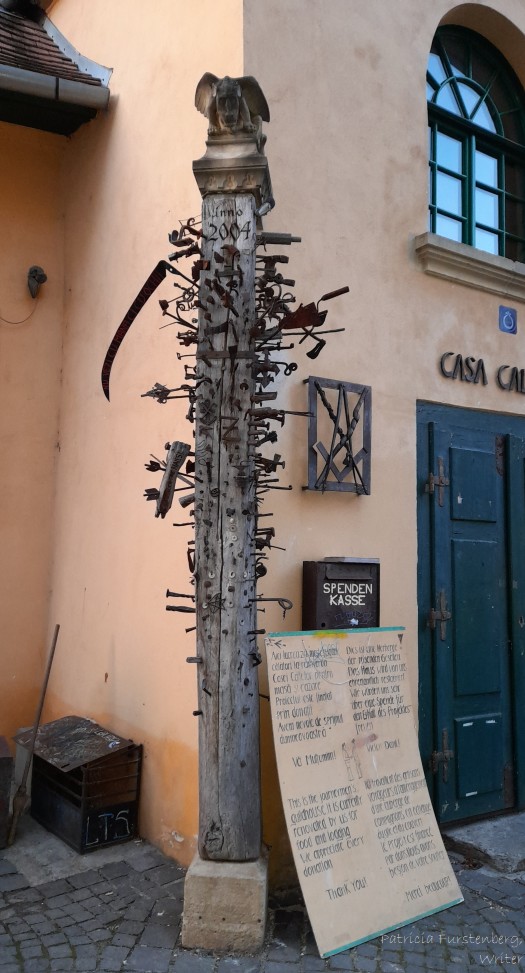
To master their chosen craft, young men embarked on a journey into the realm of apprenticeship. The gates of a master’s workshop beckoned, offering a world of knowledge and skill. Through dedicated learning the apprentice would become a journeyman, armed with the wisdom to create marvels of their trade. Yet, true mastery required more than the confines of one workshop. Journeymen sought adventure in the distant cities of Transylvania, the Kingdoms of Hungary and Poland, Vienna, or Nuremberg, where they toiled in foreign workshops, honing their craft and soaking in the essence of their trade.
Master craftsmen held their secrets close, wary of their apprentices surpassing their creations. It was whispered among the cobblestone streets that knowledge was stolen, not merely learned. With watchful eyes, journeymen observed every move, every deft stroke of the craftsman’s hand, for it held the key to unlocking the realm of excellence. Only by absorbing every nuance and detail could they hope to create products of remarkable quality.
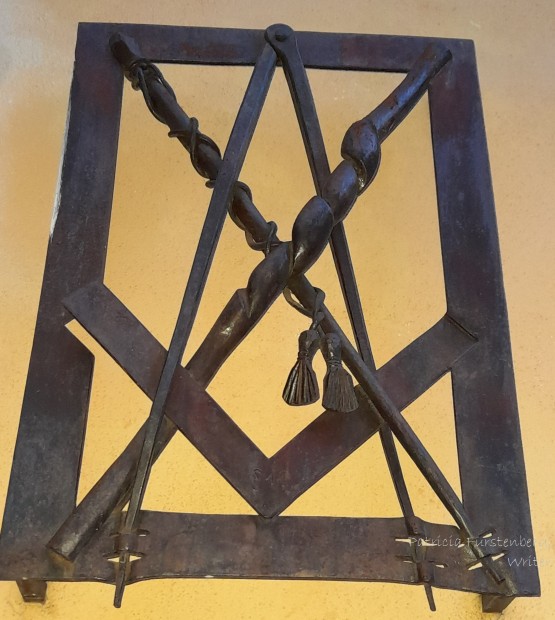
After years of arduous training the journeymen returned to their homeland, armed with the fruits of their labor and a burning desire to prove their worth. With skilled hands and a keen mind, they forged a masterpiece that showcased their mastery of the craft. Should their creation shine with superior quality or embody new-found wisdom, the journeyman earned the esteemed title of craftsman, worthy to open their own workshop (as long as they were willing to marry as well). As the city’s guilds stood as pillars of craftsmanship, the most revered among them rose to lead. The guild’s products underwent meticulous scrutiny, ensuring conformity and unwavering quality before being offered to the discerning public.

In the heart of fortified cities like Brasov, Sighisoara or Bistrita the guilds found sanctuary in the mighty defense towers that bore their names. With hammer and chisel, needle and thread, they fortified not only their trade but also the very walls that protected the city. In times of peace, their watchful gaze preserved the towers, maintaining their noble stronghold.
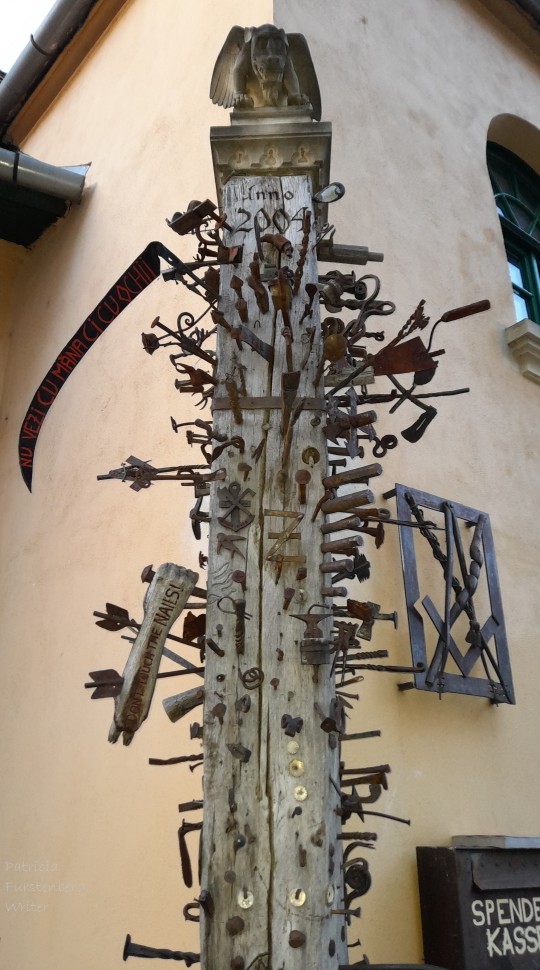
In the grand tapestry of history, these craftsmen and journeymen were the vibrant threads that wove together the fabric of cities, fortifying both their skills and the very essence of the communities they called home.
An Apprentices’ Tradition
Embarking on this transformative odyssey entails adherence to an array of steadfast principles. Among them, a paramount rule dictates that they must not tether themselves to a single abode for more than a fleeting three-month span. Adorned in the regalia of tradition, they don the garb of yesteryear, a sartorial ensemble of antiquity.


Medieval or Modern, an Apprentice’s Outfit is Timeless
A crisp white shirt with a collar scoured to pristine perfection envelops their frame. Corduroy trousers, gently flared, caress their legs while a waistcoat and jacket, bedecked with iridescent buttons, exude a chromatic tapestry bespoke to their chosen craft. Perched atop their heads, a crown of style awaits, be it a cylinder, bowler, or ebony-hued hat, crafted from supple leather or felt, its wide brim casting shadows of intrigue. With each step, their ebony shoes proclaim their presence, silently navigating the path of destiny.
Of the trousers, two pockets prevail, each concealing a humble treasure. Within the first, they safeguard a wooden meter, a symbol of their artistry and craftsmanship. Nestled within the second pocket rests a solitary coin or tender banknote, their sole companion on this wandering sojourn, dutifully entrusted to their care, a talisman of providence. It is this solitary token that accompanies them on their voyage, a steadfast reminder of their humble origins, and the very same currency that must return to its rightful abode. Amidst the ebb and flow of their journey, the removal of their cherished hats is reserved for sacred moments, be it in the presence of a communal feast or within the sanctum of a shared chamber.
The resplendent vest bears witness to eight gleaming buttons, a testament to the sanctity of an eight-hour workday, a harmonious rhythm embraced by their tireless hands. A jacket adorned with six iridescent gems signifies the toil of each passing day, honoring the six sacred days dedicated to labor. And within the confines of their sleeves, three precious buttons reside, symbolic of the three transformative years that punctuate their pilgrimage.


Throughout this captivating era of transience, they subsist upon the fruits of their labor, resting wherever twilight finds them, and seeking solace in the embrace of kindred spirits. Yet, in the heart of Sibiu a haven of familiarity awaits their arrival. Within its hallowed realm, a dwelling of their own stands as a testament to the city’s boundless generosity, bestowed by the benevolent Evangelical Church, the Apprentices’ House, Casa Calfelor.

If fortune leads you to the threshold of Casa Calfelor its presence shall not elude your gaze. With an entrance adorned in the etchings of wood tradition weaves its tapestry, demanding homage from each journeyman who departs. A token of remembrance must be offered—a gleaming coin, a beer cap, or perchance a resolute metal nail. To deviate from this revered custom invites the whims of ill fate, threatening to cast an ominous shadow upon their expedition.
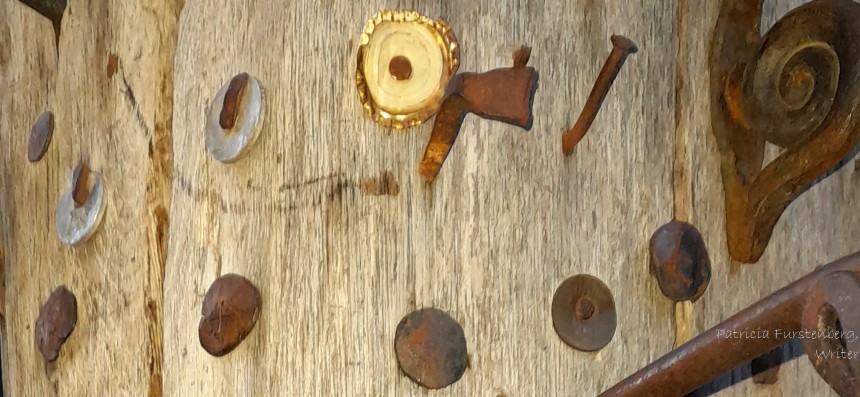
A Terrifying Sight, the Apprentices’ Wooden Pillar

Standing proudly before Calfelor House a majestic wooden post emerges, adorned with an eclectic array of pegs, nails, and tools. Each object hammered into its weathered surface serves as a testament, a tangible memory left behind by the wandering journeymen who traversed the ancient streets of Sibiu, bound by the sacred laws of their craft. Known as “Stock-im-Eisen” (staff in iron, or iron tree) in the melodious German tongue, this wooden pillar breathes life into the stories of those who sought knowledge and mastery.
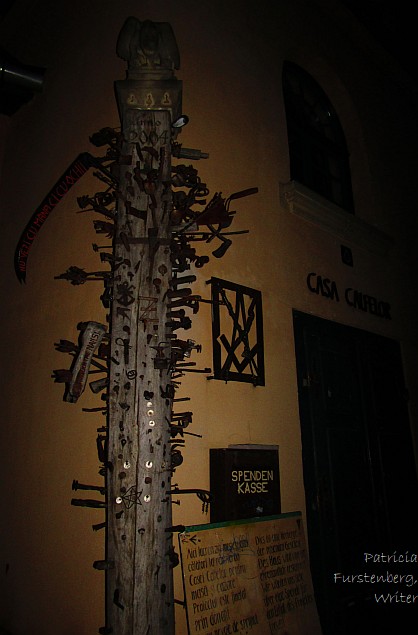
The age-old medieval tradition of the traveling calves, once lost to the annals of time, experienced a remarkable resurrection in the year 2002. Like a phoenix rising from the ashes, its flame flickered anew, igniting the spirit of exploration and skill.

Nestled beside the Tower of Stairs, the Calfelor House stands as a formidable sentinel, a bastion of the city’s earliest fortifications dating back to the 13th century. Through the passage of time this storied abode transformed, witnessing the ebb and flow of purpose. Once a bustling workshop, it later embraced the identity of a merchant’s sanctuary, and even provided respite for the weary traveling journeymen. Remarkably, Casa Calfelor stands as a unique gem, as the first of its kind to grace lands beyond the borders of Germany, Switzerland, or France. Sibiu, with its enchanting allure, proudly claims the title of the easternmost city in Europe to harbor a living testament to the journeyman’s legacy.
With the sun-kissed days of summer as their faithful companion, the journeymen continue to seek solace in the welcoming embrace of Sibiu’s hallowed grounds. Like the warm embrace of a long-lost friend, this vibrant city invites them to share their tales, exchange knowledge, and kindle the flames of their craft.
For more tales, legends, and myths from Transylvania:
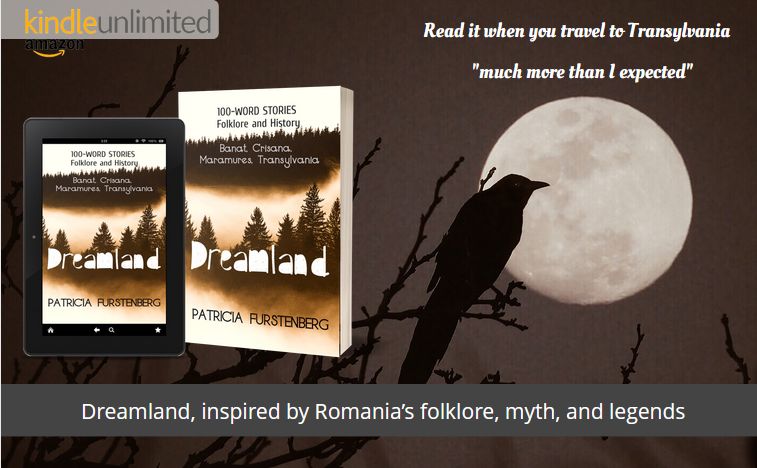
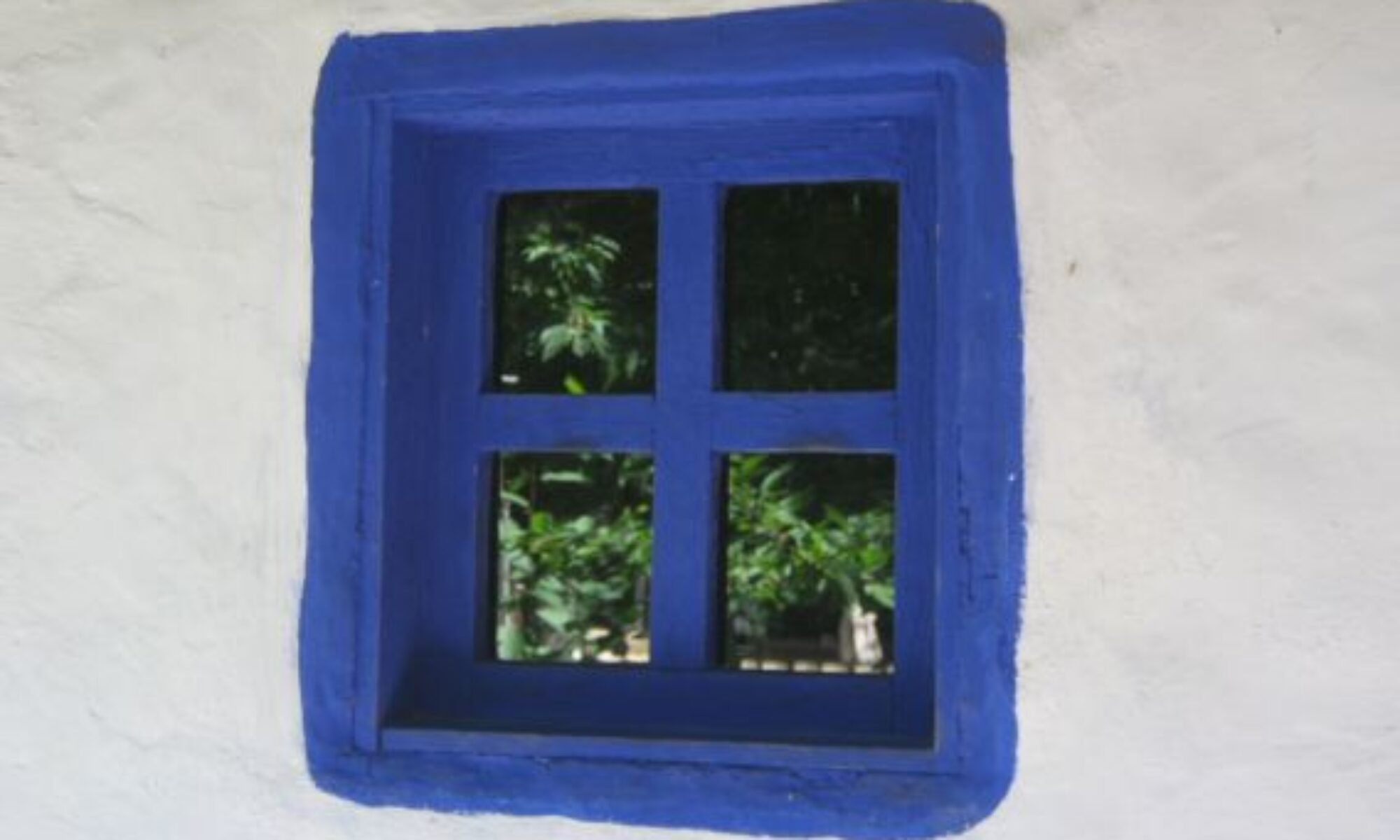

Hi Patricia, this is a very interesting post about apprentices and apprenticeships. Your comment that sometimes the master was wary of the apprentice overtaking his skill is valid and probably still an anxiety in our modern world. The eight buttons on the vest is fascinating.
I am glad you visited, Robbie.
That’s a fascinating find indeed one that I plan on using. And the pole, it’s been a few years that I wanted to see it.
I hope to get to Sibiu one July and witness those apprentices showcasing their craft. ✨️
This is a most interesting post, Patricia. I couldn’t help but shake my head a bit at the part of the craftsmen not giving up their secrets. The man we bought our house from was a sheet metal worker up through the 1990s. He told me a story one of how, whenever he had to solder a vertical seam in a copper structure, he sent his apprentice to the truck for something. That way, the apprentice never learned how to solder a vertical seam (one of the hardest things to do).
Thanks for sharing the details about their lives, learning and dress.
Ah, those crafty craftsmen and their secret-keeping ways! Guarding the keys to the kingdom of craftsmanship. A timeless tale of skillful trickery and well-guarded trade secrets.
Thanks for the fascinating peek into their world of craftsmanship.
My pleasure, it is a treasured find.